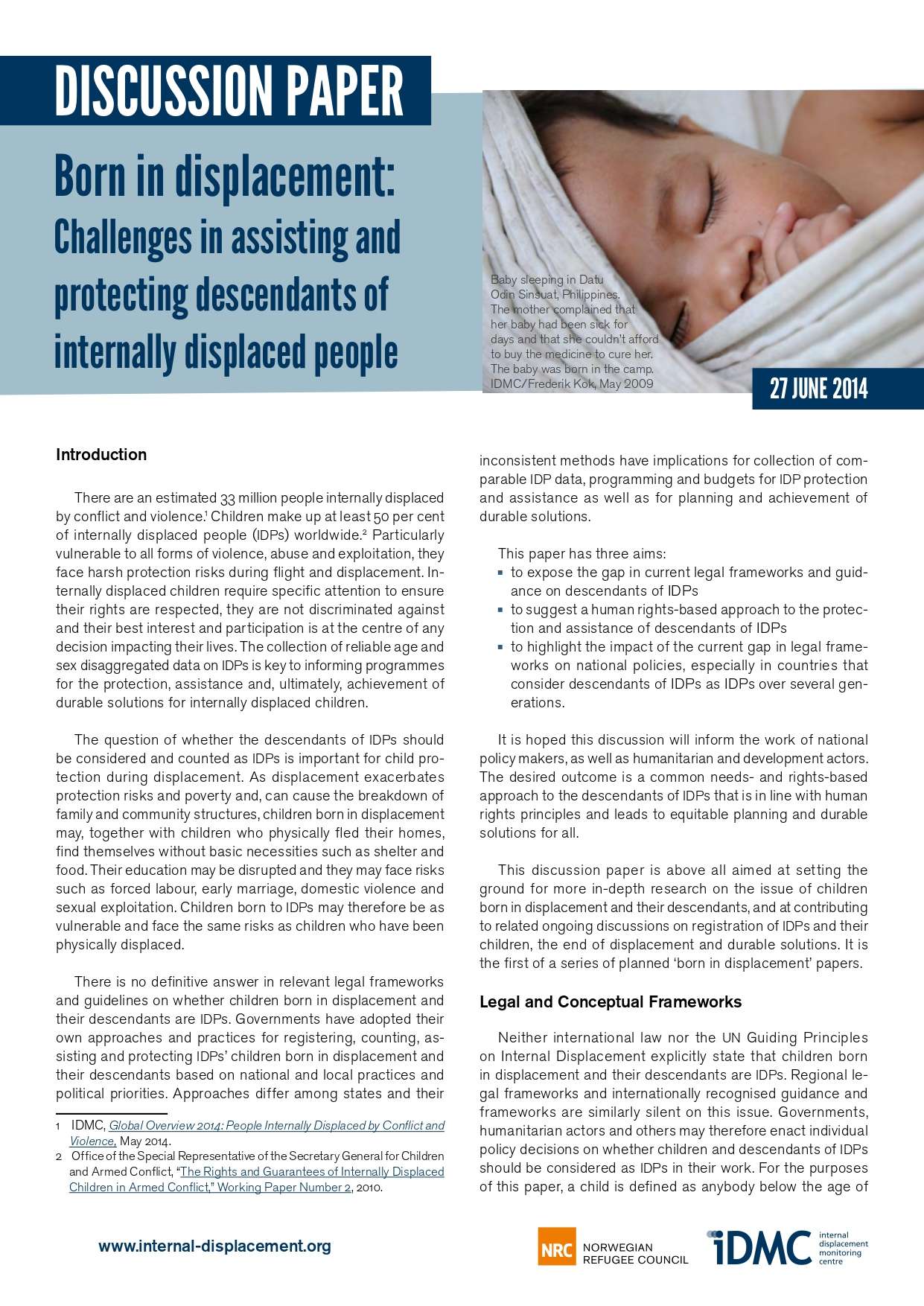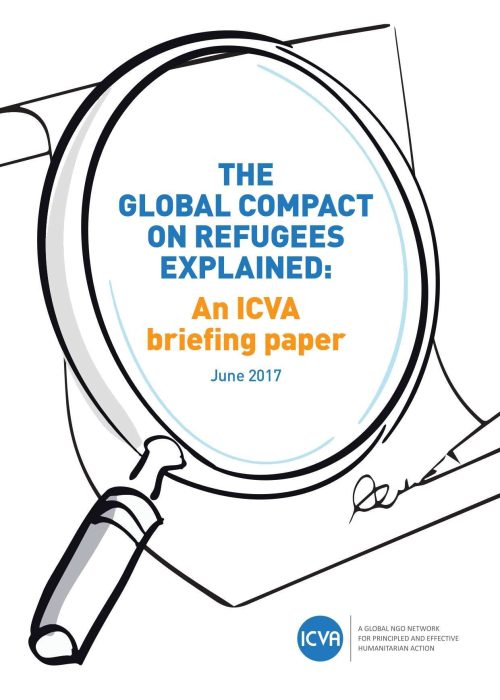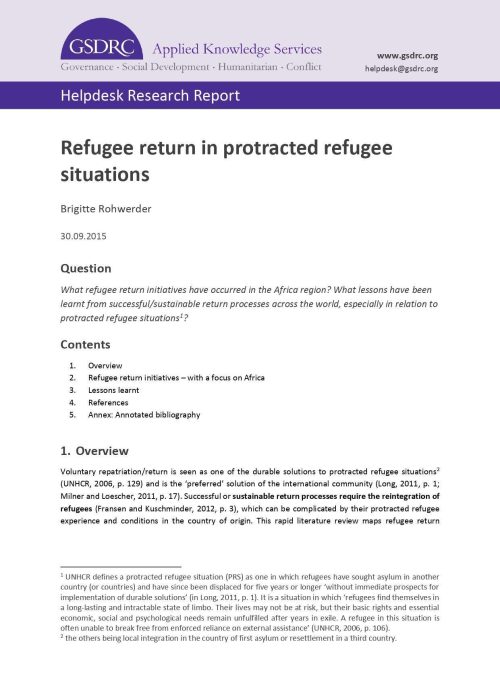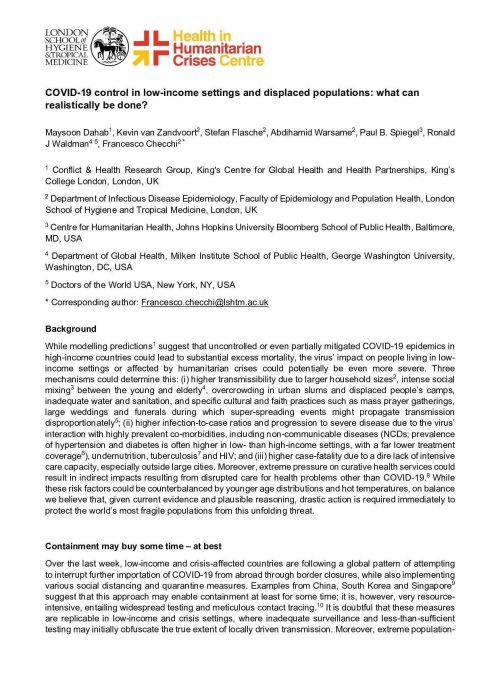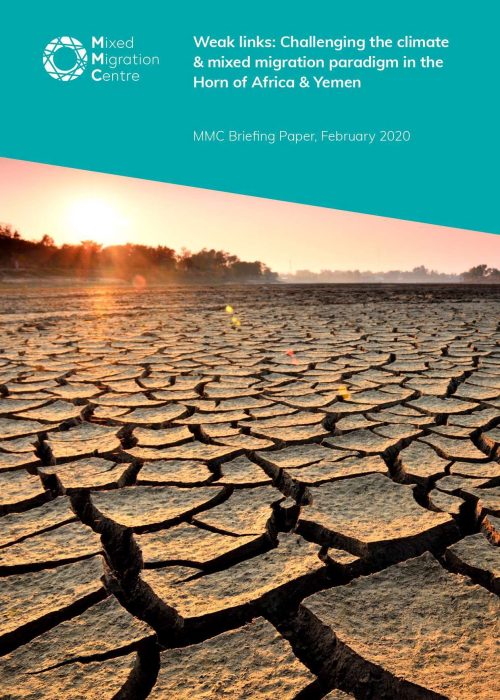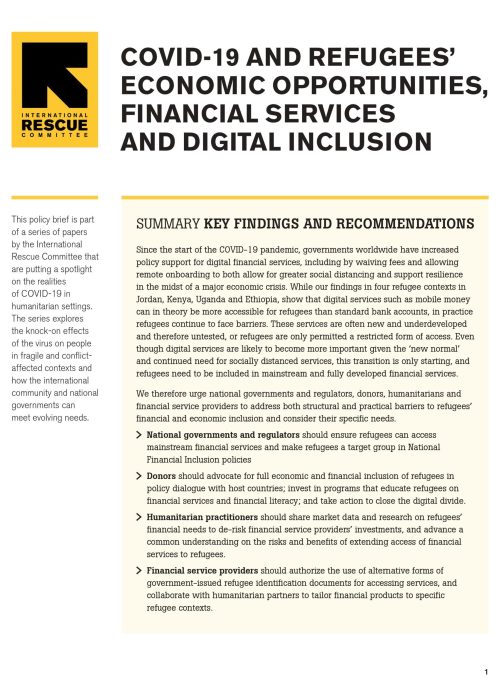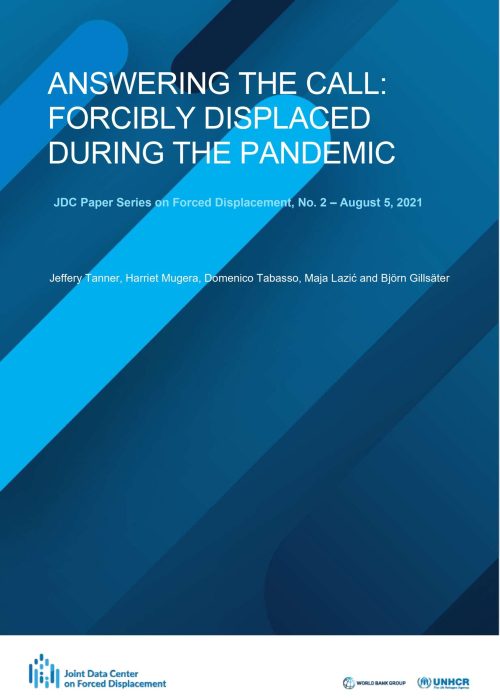There are an estimated 33 million people internally displaced by conflict and violence. Children make up at least 50 per cent of internally displaced people (IDPs) worldwide. Particularly vulnerable to all forms of violence, abuse and exploitation, they face harsh protection risks during flight and displacement. Internally displaced children require specific attention to ensure their rights are respected, they are not discriminated against and their best interest and participation is at the centre of any decision impacting their lives. The collection of reliable age and sex disaggregated data on IDPs is key to informing programmes for the protection, assistance and, ultimately, achievement of durable solutions for internally displaced children.
The question of whether the descendants of IDPs should be considered and counted as IDPs is important for child protection during displacement. As displacement exacerbates protection risks and poverty and, can cause the breakdown of family and community structures, children born in displacement may, together with children who physically fled their homes, find themselves without basic necessities such as shelter and food. Their education may be disrupted and they may face risks such as forced labour, early marriage, domestic violence and sexual exploitation. Children born to IDPs may therefore be as vulnerable and face the same risks as children who have been physically displaced.
